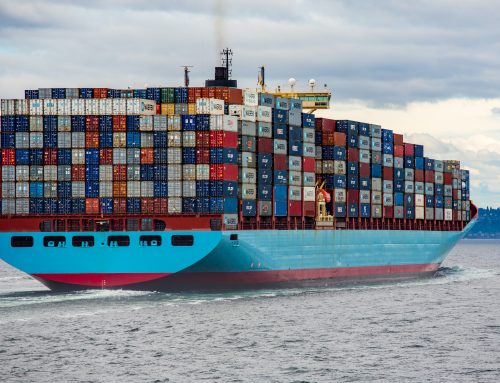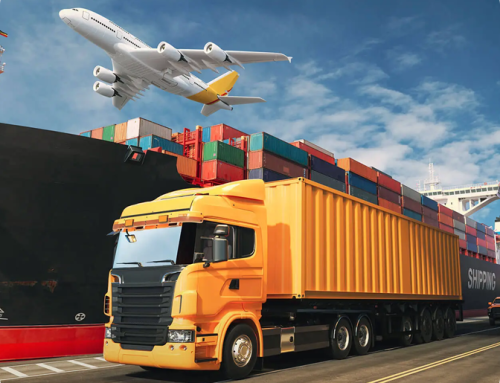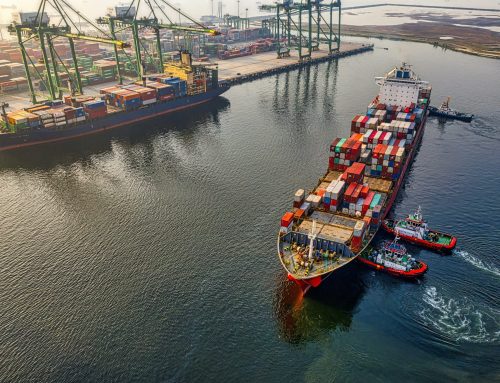California has taken a big step towards its green shipping goals by banning the sale of new diesel-powered big rig trucks by 2036 and requiring all trucks to be zero-emissions by 2042.
Known as Advanced Clean Fleets, the new rule is the first of its kind in the world. It is expected to generate $26.6 billion in health savings from reduced asthma attacks, emergency room visits and respiratory illnesses.
It’s also expected that fleet owners will save around $48 billion in their total operating costs from the transition through 2050.
While trucks represent only 6% of the vehicles on California’s roads, they account for over 35% of the state’s transportation generated nitrogen oxide emissions and a quarter of the state’s on-road greenhouse gas emissions. California communities that sit near trucking corridors and warehouse locations with heavy truck traffic have some of the worst air in the country.
California is set to invest almost $3 billion between 2021 – 2025 in zero-emission trucks and infrastructure. This investment is a part of a $9 billion multi-year, multi-agency zero-emissions vehicle package to equitably decarbonize the transportation sector that was agreed upon by the Governor and the Legislature in 2021.
“We have the technology available to start working toward a zero-emission future now,” said California Air Resources Board (CARB) Chair Liane Randolph. “The Advanced Clean Fleets rule is a reasonable and innovative approach to clean up the vehicles on our roads and ensure that Californians have the clean air that they want and deserve.”
“At the same time, this rule provides manufacturers, truck owners and fueling providers the assurance that there will be a market and the demand for zero-emissions vehicles, while providing a flexible path to making the transition toward clean air.”
Under the new rule, fleet owners operating vehicles for private services such as last-mile delivery and federal fleets such as the Postal Service, along with state and local government fleets, will begin their transition toward zero-emission vehicles starting in 2024.
The rule includes the ability to continue operating existing vehicles through their useful life.
Due to the impact that truck traffic has on residents living near heavily trafficked corridors, drayage trucks will need to be zero-emissions by 2035. All other fleet owners will have the option to transition a percentage of their vehicles to meet expected zero-emission milestones, which gives owners the flexibility to continue operating combustion -powered vehicles as needed during the move toward cleaner technology.
The flexibility is intended to take into consideration the available technology and the need to target the highest-polluting vehicles. For example, last mile delivery and yard trucks must transition by 2035, work trucks and day cab tractors must be zero-emission by 2039, and sleeper cab tractors and specialty vehicles must be zero-emission by 2042.
The rule also allows fleet owners to receive exemptions based on available technology to make sure fleet owners continue to replace their older polluting trucks with ones that have the cleanest engines in the nation. There are already about 150 existing medium- and heavy-duty zero-emission trucks that are commercially available in the U.S. today.
It’s estimated that about 1.7 million zero-emission trucks will hit California roads by 2050. To support the needed infrastructure and services to make this transition, agencies across government have committed to setting up the extensive network of electric charging and hydrogen stations required.
To stay informed on shipping news and other important updates, stay connected with a customs broker.



